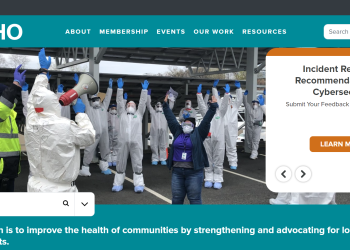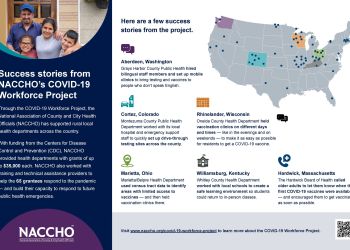“Failing to plan is planning to fail:” This saying applies to many aspects of preparedness, including radiation disaster preparedness. Radiological emergencies can vary by size and type and result from transportation accidents, nuclear power plant accidents, explosive radiological dispersal devices (RDDs “dirty bombs”), radiation exposure devices, and improvised nuclear devices (INDs). It is essential to have plans in place, ready to deploy, in the case of a radiation emergency.
Radiation Basics:
Radiation is present in our natural environment and can be emitted from a variety of sources. In the event of a radiation emergency, depending on the proximity of the release, there can be external and internal contamination. Contamination can sometimes be reduced or prevented through shielding. If possible, sheltering in place, inside a building, preferably a basement or room without windows and away from doors, is recommended. Most times, internal contamination begins from external contamination, and in order to minimize the risk of internal contamination, it is important to control the amount of external contamination by decontaminating as soon as possible. Decontamination can consist of removing all clothing and putting it into a closed plastic bag; sometimes 80 percent or 90 percent of contamination can be contained in the outer layer of clothing. After removing clothes, take a shower with lots of soap, making sure to wash face and hair thoroughly. If showering is not possible, washing up with a towel in a sink or using baby wipes to wipe down all exposed parts are both sufficient alternatives.
To learn more about radiation basics, visit the following resources:
CDC Frequently Asked Questions about Radiation Emergencies
Local Guidance:
All emergencies occur locally, and it is the responsibility of local public health officials to decide if assistance is needed from the state or tribal public health officials. As a local health department (LHD), it is essential to have a plan in place for your community in case of radiation emergencies. When planning, it is important to determine the public health roles that involve radiation protection and who will fill those roles. Plans should incorporate protective action messages for citizens during radiation emergencies, such as “get inside, stay inside, and stay tuned.” Ensuring that emergency responders are fully trained on radiological emergency practices and that there are designated facilities to support response efforts are important radiation preparedness planning considerations. To prepare for radiation emergencies, LHDs can create plans for radiation shelters, community reception centers, and population monitoring in the event of a radiation emergency. Radiation medical countermeasures (MCMs) for the treatment of acute radiation syndrome and internal radiation contamination are contained in CDC’s Strategic National Stockpile (SNS); LHDs should be familiar with the processes to request and acquire MCMs from the SNS. Finally, LHDs should identify the name and contact information for your state’s radiation control program director. When both planning for and responding to a radiation emergency, this contact will be vital.
Further guidance on how to create a custom plan for your jurisdiction and community can be found on CDC’s website:
Public Health Planning for Radiological and Nuclear Terrorism
A Guide to Operating Public Shelters in a Radiation Emergency
Population Monitoring in Radiation Emergencies
Community Reception Center (CRC) Drill Toolkit
Personal Readiness:
Preparing as a community is an important step, but it is also essential to build a level of personal readiness as well. To prepare for a radiological emergency, a home emergency supply kit should be prepared. This kit should contain items such as food and water, health supplies (prescription medication), safety supplies (first aid kit), flashlights, batteries, radio, and important documentation (insurance cards, immunization records). Include enough items in the kit to last three or more days. If you have a pet, an emergency kit containing three days’ worth of food and water, medicine, toys and leash should be included as well. In addition to the emergency supply kit, an emergency family plan should be created. This plan should denote where in the home you should shelter, what is the nearest shelter location, what is the evacuation plan, and how your family will communicate with each other. As a family, running drills will help everyone become familiar with the plan and what should be done in case of a radiation emergency. During a radiation emergency or leading up to it, stay informed on the most up-to-date response information in your jurisdiction by watching the local news, listening to the radio, or following the CDC or FEMA’s social media sites.
To learn more about what should be included in your emergency kit and emergency family plan, visit the following resources:








